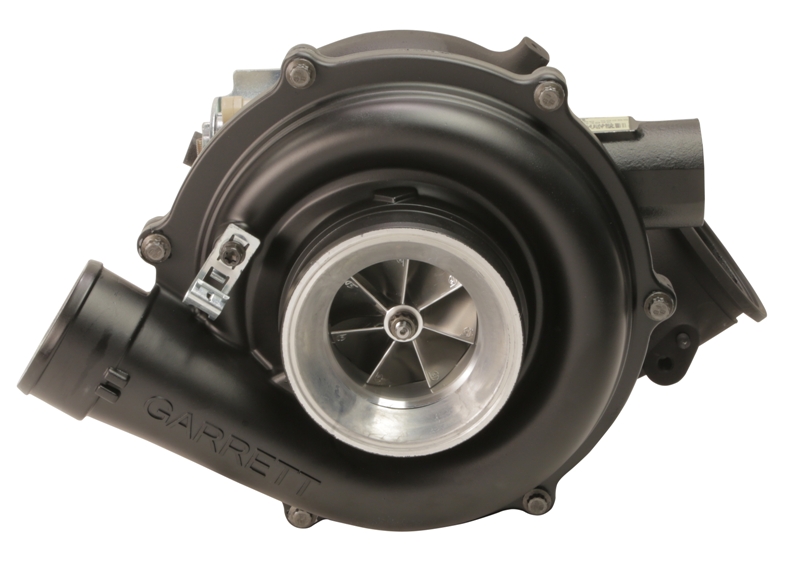The turbocharger, a pivotal component in modern automotive engineering, is essential for boosting the power and efficiency of internal combustion engines. This technology allows smaller engines to produce more power relative to their size by using the exhaust flow from the engine to spin a turbine, which compresses air and forces it back into the engine. In this comprehensive article, we will explore the workings of a turbocharger, its benefits, challenges, and the impact it has on engine performance and vehicle dynamics.
What is a Turbocharger?
A turbocharger is a forced induction system that increases an engine’s efficiency and power output by forcing extra compressed air into the combustion chamber. Developed by engineer Alfred Büchi and patented in 1905, turbocharging technology has evolved significantly and is now a key component in many passenger cars, trucks, aircraft, and other heavy machinery.
How Does a Turbocharger Work?
The basic operation of a turbocharger revolves around two primary components interconnected by a shaft: the turbine and the compressor. The turbine is located within the exhaust flow of the engine. As the exhaust gases pass through the turbine, it spins the attached turbine wheel. This same rotational motion is transferred via a shaft to the compressor wheel, which draws in ambient air and compresses it. The compressed air is then pushed into the engine’s intake, allowing the engine to burn more fuel each cycle, increasing the output without the need for a larger engine.
Components of a Turbocharger:
- Turbine: Converts exhaust heat and pressure to rotational force.
- Compressor: Compresses air and feeds it to the intake manifold.
- Center Hub Rotating Assembly (CHRA): Houses the shaft that connects the turbine and compressor.
- Wastegate: Regulates the turbocharger’s boost pressure to prevent excessive pressure that could lead to engine damage.
Benefits of Turbocharging
1. Increased Engine Power: By forcing more air into the combustion chamber, turbochargers enable the engine to produce more power from each explosion in the cylinders. This is particularly beneficial for smaller engines, as it allows them to perform like much larger engines, a principle known as engine downsizing.
2. Improved Efficiency: Turbochargers can enhance the efficiency of the engine by utilizing the energy of expelled exhaust gases, which would otherwise be wasted. This improves the overall efficiency of the vehicle, leading to better fuel economy and reduced emissions.
3. Reduced Emissions: With stricter global emissions standards, turbochargers are advantageous as they help reduce the carbon footprint of vehicles. Efficient engines mean cleaner combustion and lower emissions.
Challenges Associated with Turbocharging
1. Turbo Lag: Turbo lag is the delay between the driver accelerating and the turbo providing increased power. This happens because the turbine needs to build up speed from the exhaust gases to effectively boost the air pressure.
2. Complexity and Cost: Turbochargers add complexity to the engine, which can increase manufacturing and maintenance costs. They require precise engineering and fine-tuning to operate efficiently and reliably.
3. Durability and Heat Management: Turbocharged engines generate more heat than naturally aspirated engines. Managing this heat is crucial, as excessive heat can reduce the turbocharger’s lifespan and potentially lead to engine failure.
The Future of Turbocharging
With the automotive industry increasingly moving towards sustainability and efficiency, turbochargers are likely to play a crucial role. Innovations such as variable geometry turbochargers (VGTs) and twin-scroll turbochargers are already enhancing the functionality of traditional turbo systems by reducing turbo lag and improving efficiency at various engine speeds.
Moreover, as hybrid technologies and electric powertrains become more prevalent, turbochargers are being adapted to work in conjunction with these systems. For example, electric turbochargers use an electric motor to eliminate turbo lag, offering immediate response and increased efficiency.
Conclusion
Turbochargers represent a fascinating blend of performance and efficiency, making them indispensable in modern internal combustion engines. As technology advances, the development of more sophisticated turbocharging techniques will continue to drive the automotive industry towards creating vehicles that are powerful, efficient, and environmentally friendly. Whether for a small passenger car or a large commercial airplane, the turbocharger proves to be a key technology in achieving more with less, a principle increasingly valuable in our resource-constrained world.



